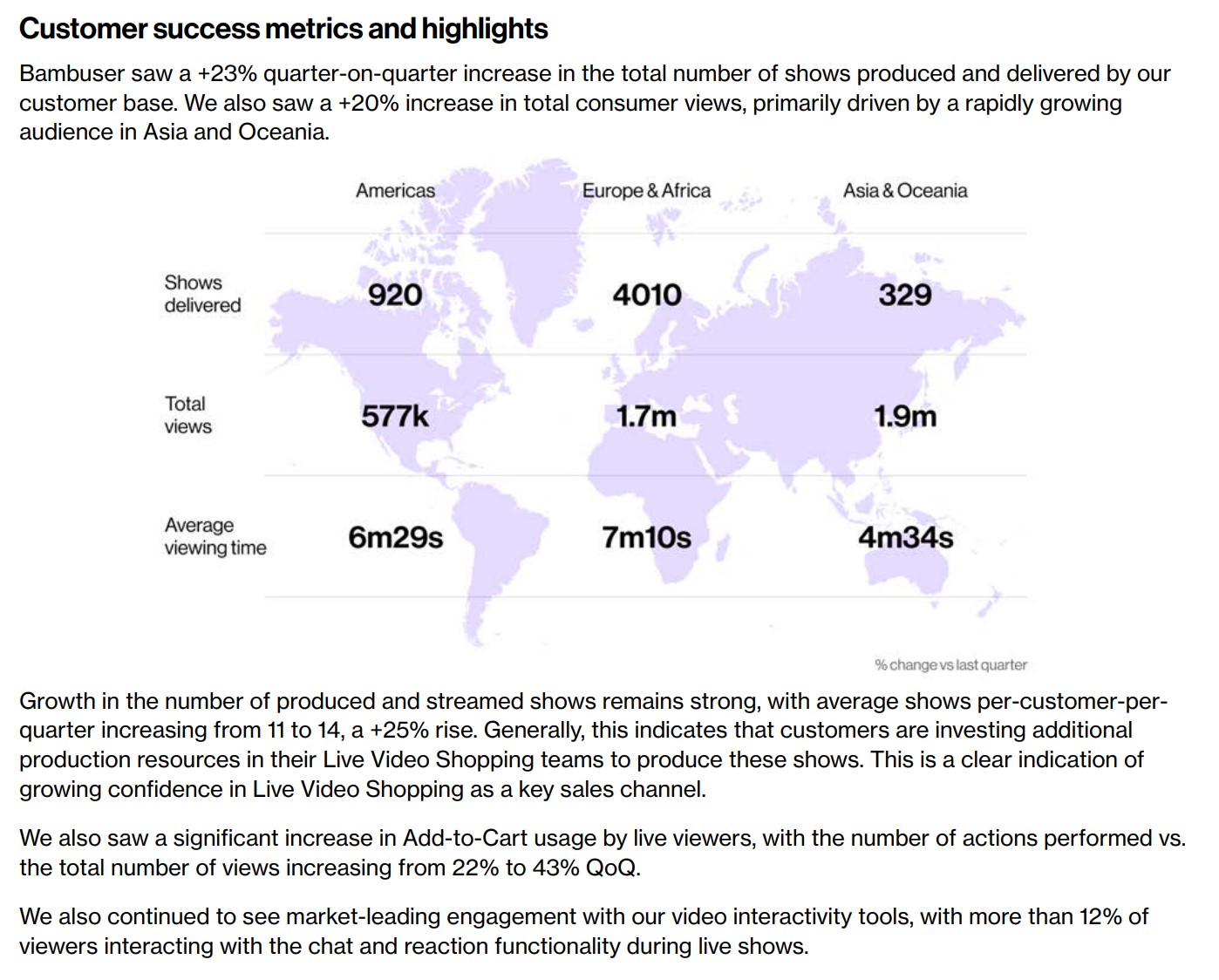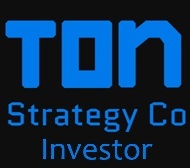I think it would be a bit early for that in my opi
Post# of 33181
If Verb gave a number right now (1%, 5%, 10%), it would never be high enough for some. I remember Verb shared a number previously on another product and 'some' were livid. The number was excellent in the industry for click conversions, but how would everyone know, that isn't in sales or marketing?
Many people wouldn't understand the number, what it means, what is considered good, etc. How could they? What do they have as a reference baseline? Most of these companies never sold anything at a LIVE event. Some did though. For the ones that haven't, selling just one thing is a large percentage gain than nothing.
LIVE online selling isn't all about sales during the event. While those sales are great, there is a huge element of marketing including long term marketing and brand awareness, to these events. For every little money and effort, it creates a buzz for your company. Makes it modern, hip, cutting edge, relevant, etc. The opposite of Omaha Steaks that we were talking about last week. What value does that bring to a company? How to you measure it?
Not too much different than the goal of a Super Bowl ad. When people see the Budweiser Clydesdales, I am pretty, pretty, pretty sure they aren't hopping into their wagon and heading down to the 7-11 to buy a 12 pack during the game. OK, maybe .00000000000001%. But the long-term brand marketing is worth 10's of millions. Now is there a Budweiser shareholder someplace complaining sales didn't going up during the SuperBowl? Probably. But probably they drank too many buds in life.
A couple of additional thoughts...
Right now it's likely a percentage of people on LIVE events aren't there to purchase anything. You have investors, company employees from Verb and the Seller's company employees, their partners, etc. They might, but less likely than their true target audience. That will skew any percentages.
Verb and other companies are introducing something relatively brand new to markets outside of Asia. There is a learning/education curve. Maybe not too much different than when people use other products for the first time like hosting a Zoom conference call for the first time. What? You mean I can turn on my camera thingie too? OK, next time...
You also have sellers getting their 'feet wet' for the first time on camera. Are they experts at it? No. Are they learning quickly. Yes.
The more the sellers gain experience, get comfortable on a camera, are engaging AND know how to sell, the higher sales will be. Getting on camera right now and saying, buy my stuff likely will result in zero % though no fault of Verb. Keep in mind when I looked at other online LIVE shopping like NTWRK, that's what I saw. "Hey dude, buy my stuff. Look, I have it on the table here. It's cool stuff. Duuuude!"
What Bambuser does is talk about number shows, views, average view minutes, etc. but keep in mind, they don't have anything like Market and this would be more akin to VerbLIVE. I'd like to see how those stats grow when VerbLIVE 2.0 gets out there. Should be soon.

Showing revenue from these events once it gets going, is the ultimate data point for Verb, but not Sellers. But it hasn't even been officially launched yet. What Verb's Market customers will benefit from is the 'Mall Effect'. Customers coming to Market for one thing/brand and buying from others. Right now, it's a single store effect.
For brands like Wander, they will have a first mover advantage over all others that come later. That is a big deal and I'm sure they know it as they won't be the only one in that vertical on Market.
 (16)
(16) (0)
(0)